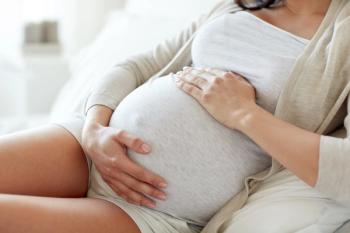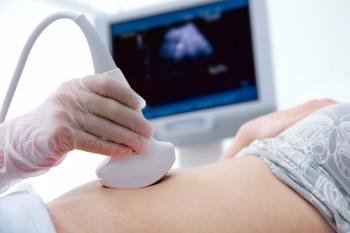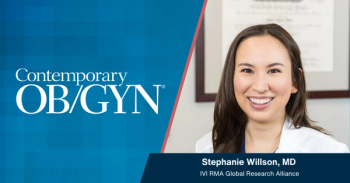
Elective Single Embryo Transfer Results Result in Improved Maternal, Perinatal Outcomes
The fertility field has seen incredible successes with in vitro fertilization and intracytoplasmic sperm injection. However, the resulting successes have yielded concern over the high rates of multiple pregnancies, which can result in increased maternal and perinatal morbidity and mortality as well as increased health care utilization and costs.
The fertility field has seen incredible successes with in vitro fertilization and intracytoplasmic sperm injection. However, the resulting successes have yielded concern over the high rates of multiple pregnancies, which can result in increased maternal and perinatal morbidity and mortality as well as increased health care utilization and costs. As a result, the agency responsible for regulating IVF in the United Kingdom, the Human Fertilisation and Embryology Authority (HFEA), has advocated the use of elective single embryo transfer in hopes that this will reduce the national twin rate from its current 20% level to less than 10% of all live births. Critics of this approach warn that the single embryo strategy may reduce the odds of live births per fresh cycle by half.
To determine the validity of this objection, researchers conducted a “one stage” meta-analysis of individual patient data from 8 randomized trials of cleavage stage (day 2 or 3) single versus double embryo transfer. All studies included in the review compared one fresh cycle of elective single embryo transfer with one fresh double embryo transfer. Two of the studies also looked at fresh elective single embryo transfer followed by one frozen single embryo transfer cycle and compared that with one fresh double embryo transfer. Similarly, one study compared two fresh elective single embryo transfer cycles with one fresh double embryo transfer. Three of the studies included in the analysis were unpublished.
A total of 1367 women were included in the analysis; all women were considered good candidates (ie, younger women in their first or second IVF treatment cycles with good embryo quality). Patient mean age was 31 years. Male infertility was the most common cause of infertility (about 40%).
The researchers found that the live birth rate in the elective single embryo transfer group was lower than that in the double embryo transfer group (27% versus 42%, respectively). Furthermore, for those women who were randomized to receive single embryo transfer, the odds of a live birth were half that for women who received a double embryo transfer. Overall, younger women (< 33 years old) had a higher chance of having a live birth than their older (≥ 33) counterparts (37% versus 29%, respectively).
On the other hand, women in the elective single embryo transfer group were less likely to have low birth weight babies as compared to their counterparts in the double embryo group. In addition, women in the elective single embryo group were almost 5 times more likely to reach term (ie, 37 weeks) versus those in the double embryo group.
Although the authors recognize the potential resulting inconveniences and stresses associated with multiple attempts, they note the additional cycles may include frozen embryo replacement cycles, which should be less stressful since ovarian stimulation and oocyte retrieval are not required. “Many would consider that this is a relatively small price to pay compared with the long term consequences of preterm birth,” they noted.
“Our review should be useful in informing decision making regarding the number of embryos to transfer in IVF,” the authors concluded. “Given the opportunity for replacing a single frozen thawed embryo in a subsequent cycle, elective single embryo transfer should thus be the default position.”
More Information
- American Pregnancy Association:
Embryo Transfer
Related Content
Reference
McLernon DJ, Harrild K, Bergh C, et al.
Newsletter
Get the latest clinical updates, case studies, and expert commentary in obstetric and gynecologic care. Sign up now to stay informed.















